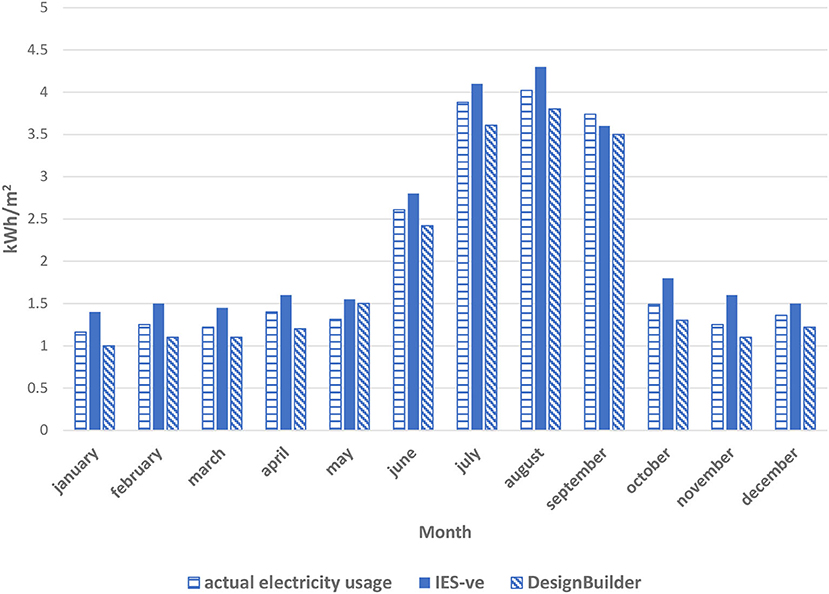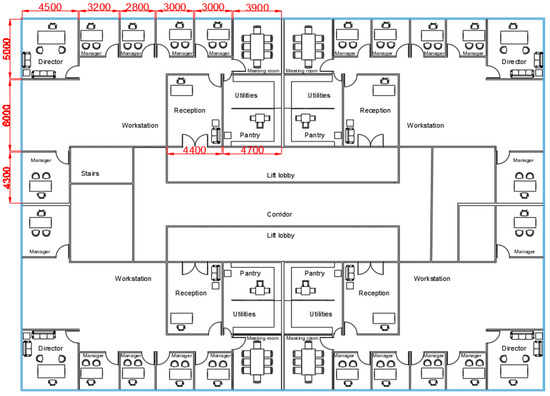

After opening it, click on the Settings (gear) icon appearing on the top-right corner of the IE window. You can do that by searching for “Internet Explorer” in the Start menu.
#Ies ve save settings password#
#Ies ve save settings windows#
The Internet Explorer passwords are saved to the Windows Credential Manager. View saved passwords in Internet Explorer

If you ever need to view saved passwords in the Internet Explorer browser, follow the steps listed below.
#Ies ve save settings windows 10#
That is where this simple Windows 10 guide comes into play. However, if you don’t know where to look, it can be hard to find Internet Explorer saved passwords. In those cases, you have to manually view saved passwords in Internet Explorer. For example, maybe you forgot the password or need to enter the password in some other browser or application. I'll continue testing today and see what else I can find out.While using any kind of password manager, there might be times when you need to see a saved password. My building didn't pass the 2030 challenge It would be nice to get some sort of feedback as to where the major hit was taken what type of improvements could I do to get it to pass? Obviously it could be there and I missed it as I haven't combed through the resulting report. Revit either needs to store that information or there should be some mapping feature to tell VE-Ware that this specific wall has this U value, etc. Obviously right now Revit doesn't keep track of that information so it's understandable, but hopefully this gets resolved soon or it'll be too time consuming. Isn't that why we're modeling in Revit? Why do I have to go tell it again what my assembly is? The program should be taking my roof element in Revit and figuring out what the R value is. One thing I'm a bit disappointed about is that you have to manually select the type of roof, walls etc. The analyitical model is made up of flat 2D planes and that's why it might have difficulty at times to resolve complex shapes. So some model tweaking might be necessary. In most cases it seemed to mess up at changes of direction of the roof when walls had the top attached.

When you check the model, it will tell you if there are "holes" in the surfaces and you can isolate each room surface model to investigate. Things such as turning on volume calculations for your project and raising your room upper limits and offsets so they intersect other room bounding elements such as ceilings and roofs. Going through the white paper is valuable to figure out some of the settings and make sure your analytical model is correct. It seems to work fine, although I managed to crash several times even on a small tiny model (about 6 exterior walls, some interior walls, 4 rooms and a shape-edited planar roof. So I decided to build a simple model and test on that. I tried running it on an Elementary School project and it crashes before I can even review the model or set settings.


 0 kommentar(er)
0 kommentar(er)
